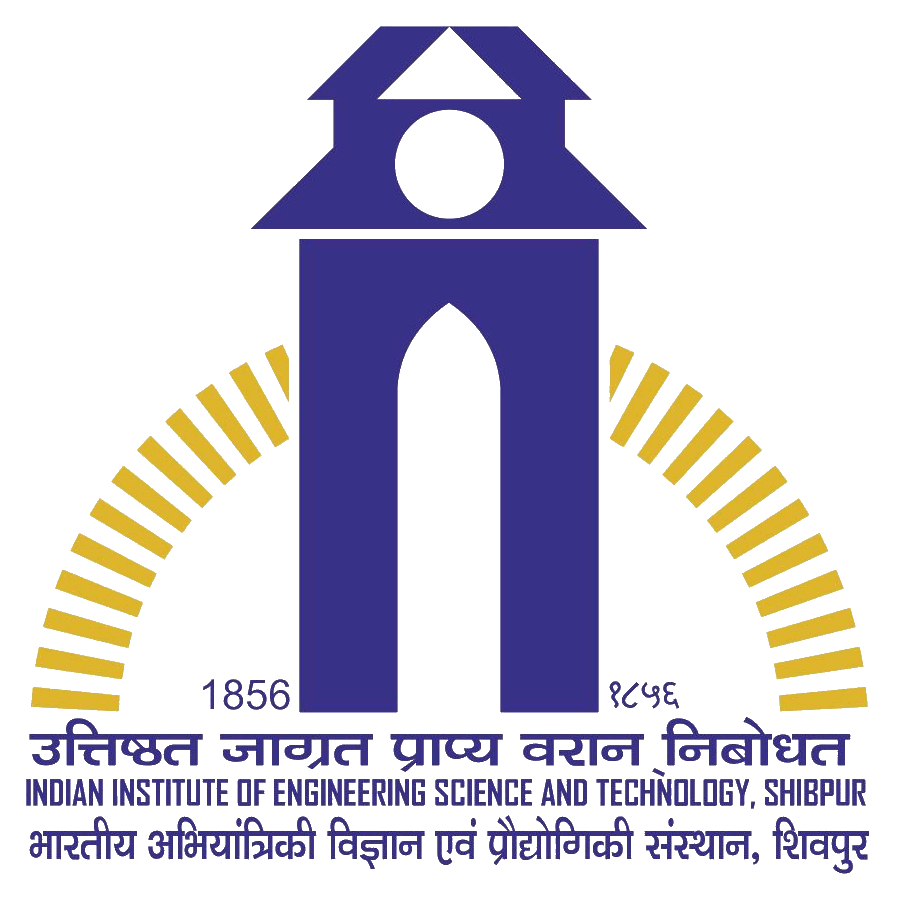Projects
Completed
1. Generation, Decomposition, and Analysis of Isothetic Polygon, UGC, 3 years (July 2012 - June 2015), Rs. 2,59,400/-, PI
2. 3DTV-3D View from All Directions without Glasses, CSIR, 3 years (May 2012 - March 2015), Rs. 7,38,993/-, PI
Ongoing
1. A Foldscope Based Malaria Detection and Realtime Monitoring of Malaria outbreak, DBT, 1 year (May 2018 - ), Rs. 8,00,000/- PI.
[Projects detailed:
1. 3D TV - 3D View from All Directions without glasses
Sponsor: Council of Scientific and Industrial Research (CSIR), Government of India (GOI)
CSIR Scheme No: 22(2769)/11
Duration: May, 2012 - April, 2015
PI: Dr. Arindam Biswas, Associate Professor, Department of Information Technology, IIEST, Shibpur, India.
Co-PI: Dr. Hafizur Rahaman, Professor, Department of Information Technology, IIEST, Shibpur, India.
Project Summary: Given a scene captured by stereoscopic camera, the project aims to reconstruct the scene 3-dimensionally and display in a general television setup with remote control facility to rotate the scene as required. This will be followed by a live streaming of scenes for the same purpose. Construction of an all-side transparent display device for rendering the 3D reconstructed scene constitutes an extension of the project.
The 3D TV is characterized by the feature that the scene is displayed with a 3D feel without the need for special 3D glasses. Most 3D TV designs require the use of glasses (anaglyphic or polarized). In other cases, the shortcomings of autostereoscopic display come into play. Nevertheless, all existing technologies provide a partial 3D experience as in all such cases the scene can be viewed from only one side. In such a situation the proposed project attempts to provide a complete 3D viewing experience without the aid of glasses, by allowing the viewer to control the viewing direction of a 3-dimensional scene.
The 3D TV targets to be primarily used in the biomedical applications for a complete and detailed 3D view of operations or diagnostic tests being carried out at a distant venue. A possible utilization of 3D TV may also be in matters related to security and surveillance systems.
2. Generation, Decomposition, and Analysis of the Isothetic Polygons in Digital Geometric Paradigm
Sponsor: University Grants Commision (UGC), Government of India (GOI)
PI: Dr. Arindam Biswas, Associate Professor, Department of Information Technology, IIEST, Shibpur, India.
Co-PI: Dr. Hafizur Rahaman, Professor, Department of Information Technology, Bengal Engineering and Science University, Shibpur, India.
Project Summary: An important subclass of polygons is orthogonal polygons or isothetic polygons. A properly defined isothetic polygon describing a real or a digital object is often considered to be the domain of interest of the underlying object. A polygon is called orthogonal if its alternate sides are axes parallel. Most of the algorithms, in this project, work on inner isothetic cover (IIC) of a given digital object, which is the maximum area isothetic polygon inscribes the digital object. Conversely, outer isothetic cover (OIC), is the minimum area orthogonal polygon which covers the digital object. An isothetic cover of a digital object, not only specifies a simple representation of the object but also provides approximate information about its structural content and geometric characteristics. The decomposition of IIC of a digital object and the inner distance among different parts (i.e., the isothetic shortest distance) of the object, can be applied to capture the geometrical characteristics and the structural contents of the digital object. The outer and inner isothetic cover (OIC and IIC) has a close relation with the contour of a digital object. The isothetic polygons or the OIC and IIC has many applications in various fields. The outer isothetic cover can be used for detection of skew in a given handwritten document. The skewed documents can be aligned properly by combinatorial approach. The properties of isothetic covers can be applied for signature recognition. Signature recognition is significant in the field of biometrics.]
